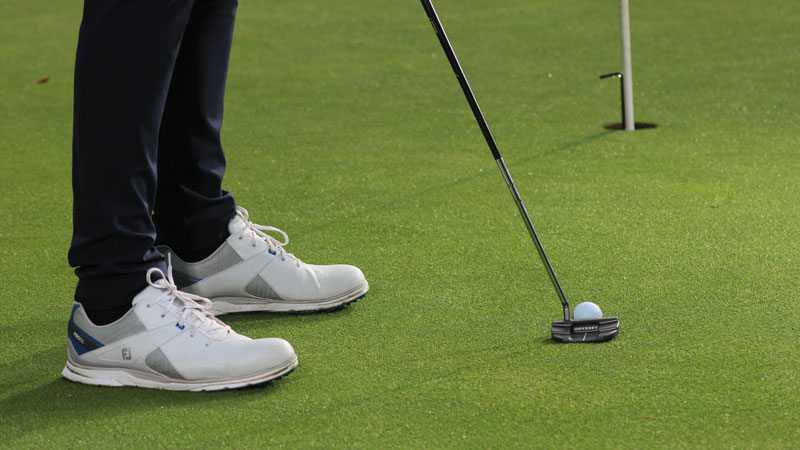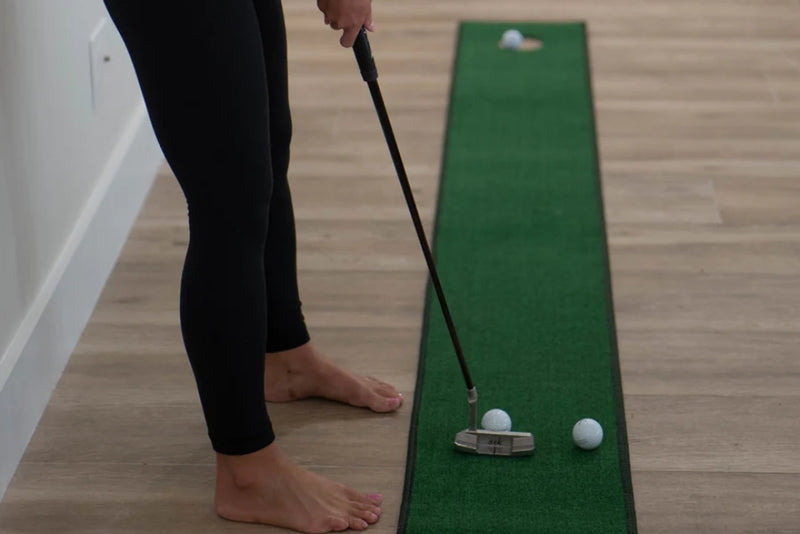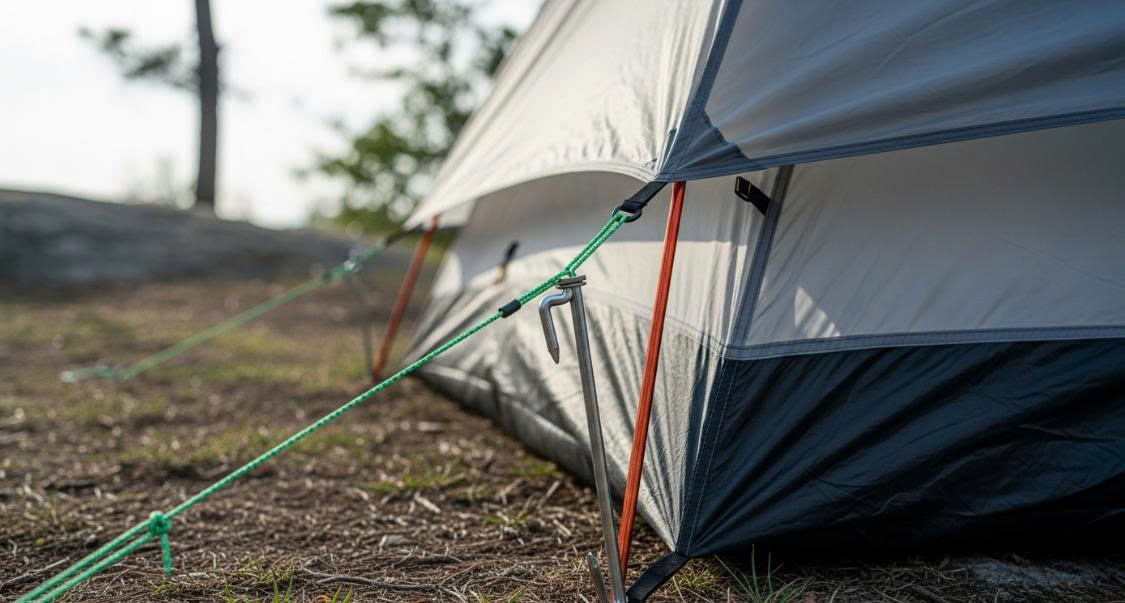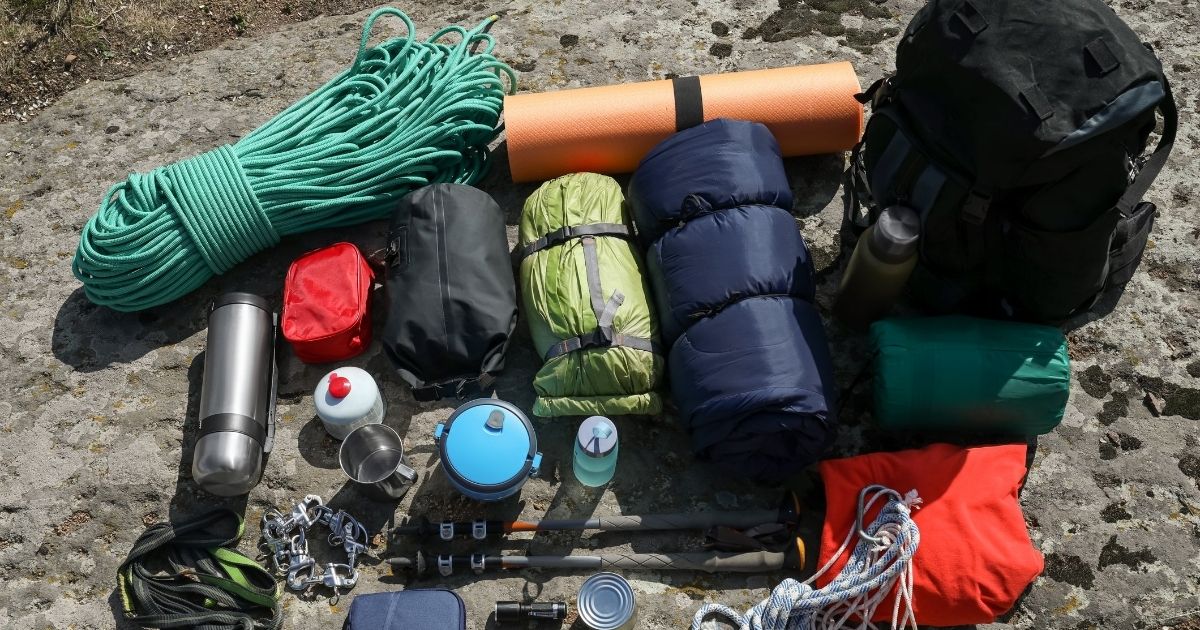Why Putting Matters for Beginners
Putting is the heart of golf, often determining the difference between a good round and a great one. This golf putting tips for beginners guide helps new golfers build a strong foundation on the green. Unlike driving, putting requires precision, patience, and finesse, making it a critical skill for newcomers. Mastering learn putting basics early can shave strokes off your score and boost confidence. In 2025, beginner-friendly tools and techniques make it easier than ever to improve. From understanding green reading to practicing at home, this section explores why putting is essential and how simple putting tips set you up for success. Start with the right mindset and gear to make every putt count.
Choosing the Right Putter for Beginners
Selecting a beginner-friendly putter is key to success on the green. The best putters for beginners in 2025, like the Odyssey White Hot Pro or Cleveland Huntington Beach, offer forgiveness and balance. Look for mallet putters with alignment aids to improve accuracy. Beginner putting guide tips include choosing a putter with a comfortable grip and proper length (typically 32-34 inches for women). Test putters at a pro shop to find the right feel. Putting drills for newbies often rely on a quality putter to build consistency. This section covers how to pick a putter that suits your height, swing style, and budget, ensuring you’re ready to tackle the green with confidence.

Mastering Your Putting Stance and Grip
A solid putting stance for new golfers is the foundation of every great putt. Stand with feet shoulder-width apart, knees slightly bent, and eyes over the ball. Use a light grip—think of holding a tube of toothpaste without squeezing it. Simple putting tips include keeping your wrists firm and using your shoulders to guide the stroke. Golf putting alignment techniques like aligning your putter’s sightline with the target improve accuracy. Practice this stance daily to build muscle memory. This section provides step-by-step guidance on perfecting your stance and grip, helping beginners develop a repeatable putting motion that feels natural and effective.
Effective Putting Drills for Newbies
Putting drills for newbies are essential for building confidence and consistency. Try the “Gate Drill”: place two tees just wider than your putter head and practice stroking the ball through them to improve accuracy. The “Ladder Drill” involves putting to targets at increasing distances (3, 6, 9 feet) to enhance distance control. These drills can be done on a course or with a putting mat at home. How to improve putting starts with regular practice—aim for 15 minutes daily. This section details beginner-friendly drills that sharpen precision and build confidence, making every putt feel less daunting and more achievable.
Golf Green Practice at Home
You don’t need a course to improve your putting. Golf green practice at home is accessible with tools like putting mats or even a flat carpet. Set up a makeshift green with a cup or marker as your target. Practice short putts (3-5 feet) to focus on alignment and longer putts (10+ feet) for distance control. Beginner putting guide tips include using a metronome to maintain a consistent stroke rhythm. Affordable home putting aids, like the PuttOut Trainer, provide instant feedback. This section explores how to create an effective home practice setup, helping beginners refine their skills without stepping foot on a course.

Reading Greens Like a Pro
Green reading is a critical skill in golf putting tips for beginners. Start by observing the green’s slope—look for high and low points to predict the ball’s path. Crouch behind the ball to assess breaks and aim slightly left or right of the hole based on the slope. How to improve putting involves practicing green reading during every round. Use alignment aids on your putter to stay on target. For beginners, focus on simpler greens to build confidence before tackling complex ones. This section offers practical advice on reading greens, helping new golfers make smarter decisions and sink more putts.
Common Putting Mistakes to Avoid
Beginners often make avoidable errors that hinder progress. Common mistakes include gripping the putter too tightly, which disrupts a smooth stroke, or looking up too soon, causing mishits. Simple putting tips emphasize keeping your head still until the ball is struck. Avoid decelerating through the stroke—maintain a consistent pace. Putting drills for newbies can correct these habits by reinforcing proper mechanics. Overcomplicating green reading is another pitfall; start with basic slopes before advancing. This section highlights mistakes to watch for and provides actionable fixes to keep beginners on track for steady improvement.
Building Confidence on the Green
Confidence is key to putting success. Learn putting basics by focusing on short putts (3-6 feet) to build trust in your stroke. Visualize the ball’s path before each putt to stay focused. Golf putting alignment techniques like using a line on your ball can boost accuracy and confidence. Join a beginner golf clinic or practice with friends to make putting fun and social. Track your progress by noting successful putts per round. This section offers strategies to build mental toughness and confidence, ensuring beginners approach the green with poise and excitement.
Conclusion
This golf putting tips for beginners guide equips new golfers with the tools to excel on the green. From choosing the best putters for beginners to mastering putting drills for newbies, every tip is designed to build skill and confidence. Golf green practice at home makes improvement accessible, while simple putting tips like proper stance and green reading elevate your game. With consistent practice and the right mindset, beginners can transform putting from a challenge into a strength. Start your 2025 golf journey with these actionable strategies and watch your scores drop as you conquer the green.






.jpg)
.jpg)







